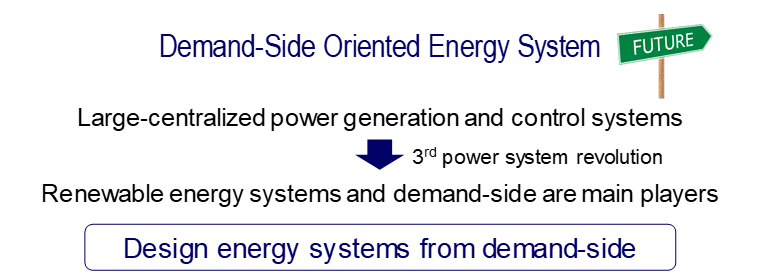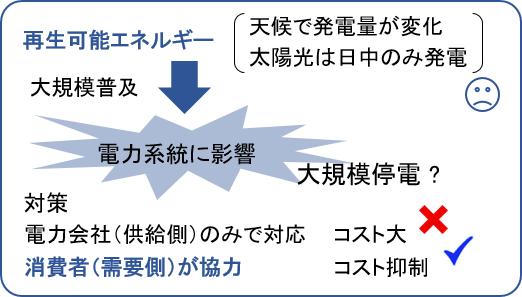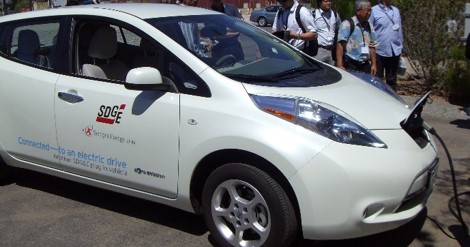
Power system flexibility support by DER

The high penetration of renewable energy systems influence sever impacts to power systems such as supply-demand unbalance or overgeneration due to the unstable and intermittent nature of variable renewable energy. Enhancement of grid flexibility to maintain balance of power systems is necessary. Demand-side measures by using distributed energy resources (DERs) saves social costs because no additional hard ware is necessary, while a large investment is required to install facilities such as large-scale battery to utilities to enhance the grid flexibility. It is one of the most important technologies toward Utility 3.0 (3rd revolution of power systems).

An energy management system (EMS) that controls DERs of consumers to utilize the DERs to provide flexibility. We are developing an IDEMS (Integrated-Distributed EMS); each EMS integrally controls the DERs of the consumer, and the connected eco-system of the EMS realizes optimal operation in societies. We are also studying the role and value of aggregators.
Simulation models that reproduce the interaction between consumers and an aggregator are being developed.
Simulation models that reproduce the interaction between consumers and an aggregator are being developed.
Integration of Mobility and Energy Systems

Battery electric vehicles, plug-in hybrid electric vehicles and fuel cell vehicles become parts of power systems when they are plugged-in to the grid. The incubation of various businesses that provide mobility as a service (MaaS) is expected when complete autonomous driving (level 5) become real. We are developing technologies that can support societies where the mobilities and energy are integrated.

